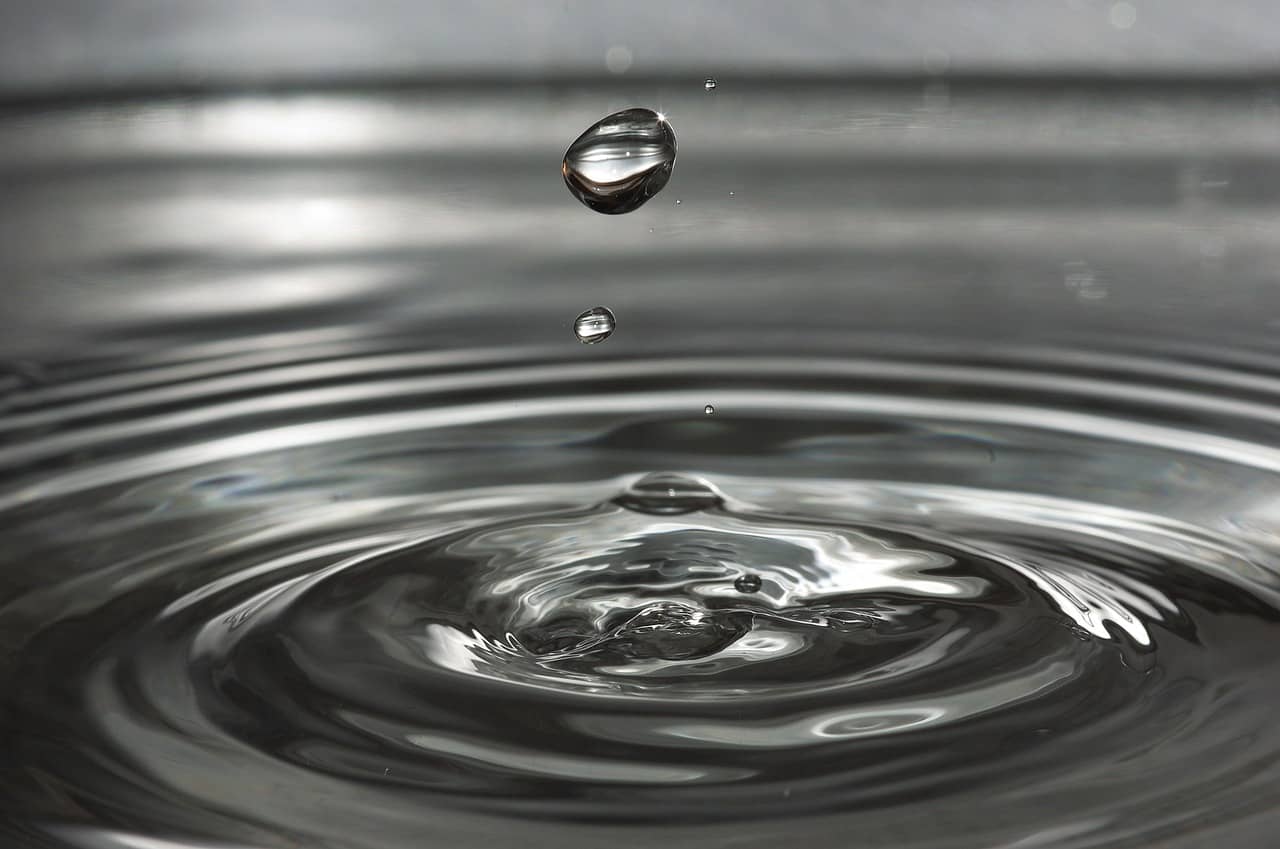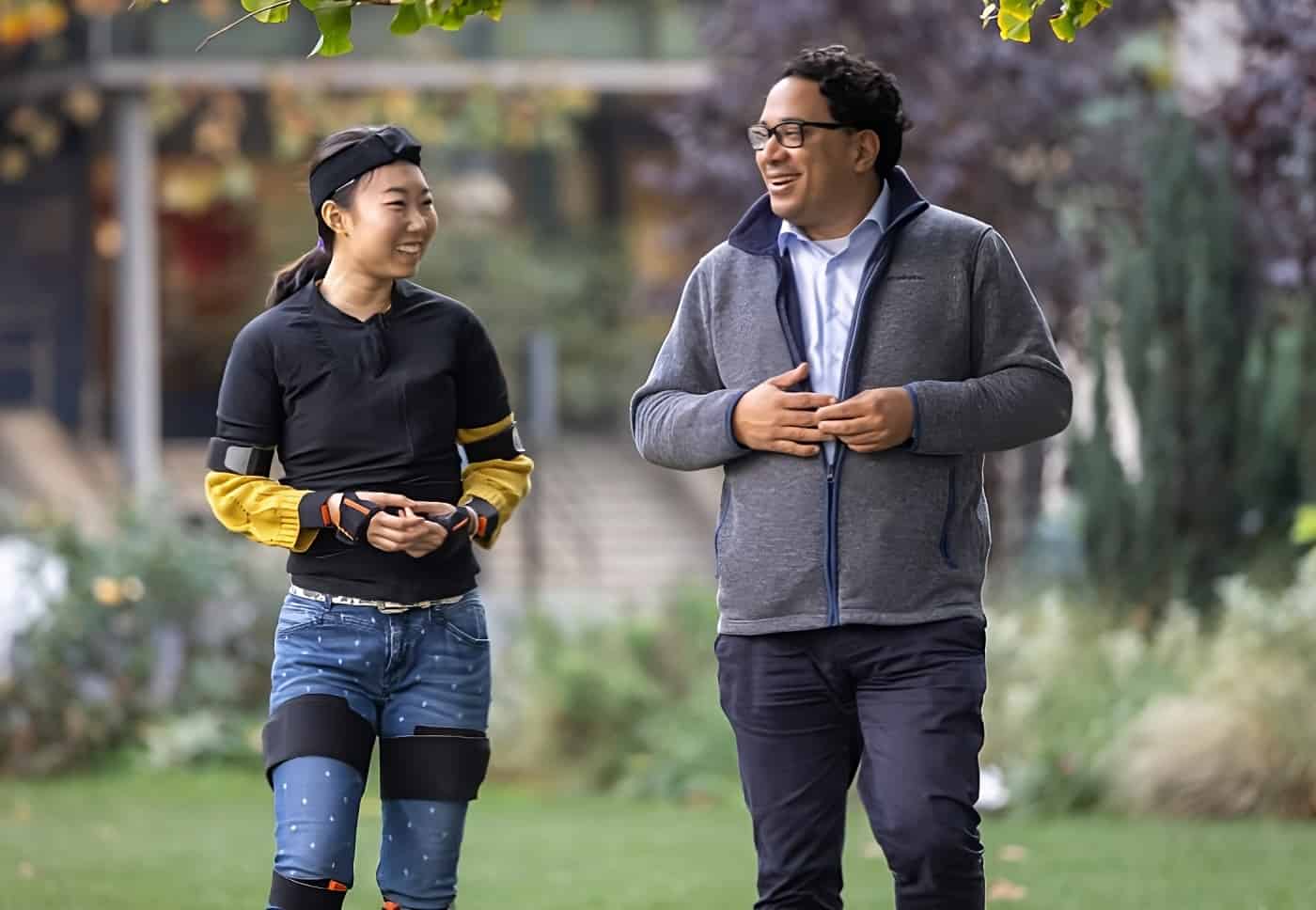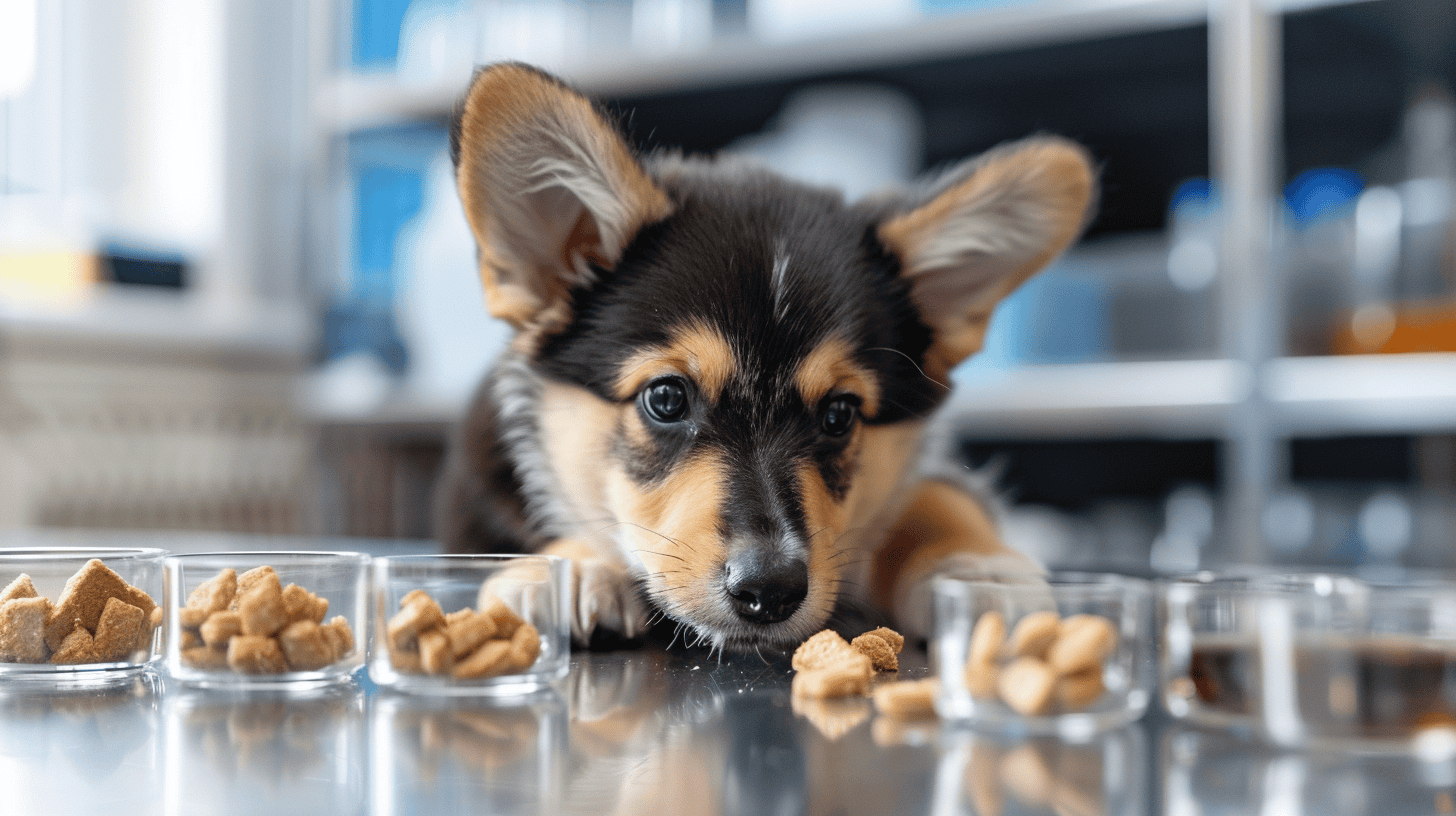
University of Oxford researchers have made an important step towards realising miniature bio-integrated devices, the university writes in a press release. These devices are capable of directly stimulating cells. The work has been published in the journal Nature.
- Oxford researchers develop a new “droplet battery” for bio-integrated devices;
- Battery design utilizes tiny water droplets and solid microspheres to generate electricity;
- Potential applications include miniature medical and bio-monitoring devices due to its small size and biocompatibility.
Miniature power source
Small bio-integrated devices that can interact with and stimulate cells could have important therapeutic applications, including the delivery of targeted drug therapies and the acceleration of wound healing. However, such devices all need a power source to operate. To date, there has been no efficient means to provide power at the microscale level.
To address this, researchers from the University of Oxford’s Department of Chemistry have developed a miniature power source capable of altering the activity of cultured human nerve cells. Inspired by how electric eels generate electricity, the device uses internal ion gradients to generate energy.

A chain of droplets
The miniaturized soft power source is produced by depositing a chain of five nanolitre-sized droplets of a conductive hydrogel (a 3D network of polymer chains containing a large quantity of absorbed water). Each droplet has a different composition so that a salt concentration gradient is created across the chain. The droplets are separated from their neighbours by lipid bilayers, which provide mechanical support while preventing ions from flowing between the droplets.
The power source is turned on by cooling the structure to 4°C and changing the surrounding medium: this disrupts the lipid bilayers and causes the droplets to form a continuous hydrogel. This allows the ions to move through the conductive hydrogel, from the high-salt droplets at the two ends to the low-salt droplet in the middle. By connecting the end droplets to electrodes, the energy released from the ion gradients is transformed into electricity, enabling the hydrogel structure to act as a power source for external components.
Powering next-generation wearable devices
In the study, the activated droplet power source produced a current which persisted for over 30 minutes. The maximum output power of a unit made of 50 nanolitre droplets was around 65 nanowatts (nW). The devices produced a similar amount of current after being stored for 36 hours.
According to the researchers, the device’s modular design would allow multiple units to be combined to increase the voltage and/or current generated. This could open the door to powering next-generation wearable devices, bio-hybrid interfaces, implants, synthetic tissues, and microrobots. By combining 20 five-droplet units in series, they were able to illuminate a light-emitting diode, which requires about 2 Volts. They envisage that automating the production of the devices, for instance by using a droplet printer, could produce droplet networks composed of thousands of power units.
Professor Hagan Bayley (Department of Chemistry, University of Oxford), the research group leader for the study, said: “This work addresses the important question of how stimulation produced by soft, biocompatible devices can be coupled with living cells. The potential impact on devices including bio-hybrid interfaces, implants, and microrobots is substantial.”









